Tourmaline Gemstone Pricing, Rarity, and Key Market Factors
Tourmaline is one of the most fascinating and diverse gemstones in the world, captivating collectors and jewelry enthusiasts with its incredible range of colors and unique properties. From the electric blue-green of Paraiba tourmaline to the deep pink of rubellite, this gemstone family offers something for every taste and budget.
Understanding tourmaline pricing can be complex due to the variety of factors that influence its value. Whether you're a collector, investor, or simply someone who appreciates beautiful gemstones, knowing what drives tourmaline prices will help you make informed decisions in the marketplace.
What Makes Tourmaline Special?
Tourmaline belongs to a complex family of boron silicate minerals with a unique crystal structure that allows for an extraordinary range of colors. This gemstone can be found in virtually every color of the rainbow, and some specimens even display multiple colors within a single crystal.

The name "tourmaline" comes from the Sinhalese word "turmali," which means "mixed gems," reflecting the stone's incredible color diversity. This variety is what makes tourmaline both fascinating and challenging to price accurately.
Key Factors Affecting Tourmaline Pricing
Color: The Primary Price Driver
Color is by far the most important factor in determining tourmaline value. The gemstone market recognizes several distinct color categories, each with its own pricing structure:
Paraiba Tourmaline
The most valuable tourmaline variety, Paraiba commands premium prices due to its unique copper content that creates an electric blue-green color. Authentic Brazilian Paraiba can sell for $10,000 to $50,000+ per carat for high-quality specimens.
Rubellite (Pink to Red Tourmaline)
High-quality rubellite with intense pink to red coloration can range from $500 to $5,000 per carat, depending on saturation and clarity.

Chrome Tourmaline
This rare green variety colored by chromium can command $1,000 to $8,000 per carat for fine specimens.
Indicolite (Blue Tourmaline)
Deep blue tourmaline typically ranges from $300 to $2,000 per carat for quality stones.
Watermelon Tourmaline
These bi-colored or tri-colored specimens showing pink centers with green rims are priced based on color intensity and clarity, typically $100 to $1,000 per carat.
Clarity and Transparency
Tourmaline clarity significantly impacts pricing. Eye-clean stones command premium prices, while included specimens may be valued primarily for their color. The clarity grading follows these general categories:
- Flawless to VVS: Premium pricing for exceptional stones
- VS to SI: Good value for most commercial applications
- I1 and below: Typically used for cabochons or decorative purposes
Size and Carat Weight
Tourmaline pricing generally increases exponentially with size, particularly for rare varieties. Large, high-quality tourmalines are exceptionally rare and command significant premiums:
- Under 1 carat: Most accessible price range
- 1-5 carats: Moderate premium for quality stones
- 5+ carats: Significant premium, especially for rare colors

Cut and Shape
The cut quality affects both the stone's beauty and its market value. Well-proportioned cuts that maximize color and minimize inclusions command higher prices. Popular cuts include:
- Emerald cut (rectangular)
- Oval
- Cushion
- Round brilliant
- Custom fantasy cuts
Geographic Origin and Rarity
Brazilian Tourmaline
Brazil remains the world's primary source of tourmaline, producing the widest variety of colors and the original Paraiba tourmaline from the state of Paraíba.
African Sources
Countries like Nigeria, Mozambique, and Madagascar have become important sources, particularly for Paraiba-type tourmaline and other rare varieties.
Other Notable Sources
Afghanistan, Pakistan, and the United States (particularly Maine and California) produce significant quantities of tourmaline with unique characteristics.
Market Trends and Investment Potential
Current Market Dynamics
The tourmaline market has shown steady growth over the past decade, driven by:
- Increasing appreciation for colored gemstones
- Limited supply of high-quality material
- Growing demand from emerging markets
- Celebrity and designer jewelry featuring tourmaline

Investment Considerations
When considering tourmaline as an investment:
- Focus on rare varieties like Paraiba or high-quality rubellite
- Prioritize stones with excellent color saturation
- Ensure proper certification from reputable gemological laboratories
- Consider long-term holding periods for best returns
How to Evaluate Tourmaline Value
Professional Certification
Always seek certification from recognized gemological institutes such as:
- Gemological Institute of America (GIA)
- American Gemological Laboratories (AGL)
- Gübelin Gem Lab
- Swiss Gemological Institute (SSEF)
Key Questions to Ask
When evaluating a tourmaline purchase:
- What is the exact variety and origin?
- Has the stone been treated or enhanced?
- What is the clarity grade?
- Is the color natural and stable?
- What is the cut quality?
| Color / Type | Rarity | Typical price tier |
|---|---|---|
| Paraíba (neon blue-green) | Very rare | Very high — collector / investment grade |
| Rubellite (vivid pink/red) | Rare | High — fine jewelry |
| Green / Blue (common varieties) | Common to uncommon | Affordable to mid-range |
| Black Tourmaline (schorl) | Common | Low — widely available |
Treatment and Enhancement
Most tourmaline on the market is untreated, which is one of its appealing characteristics. However, some treatments do exist:
Heat Treatment
Some pink tourmaline may be heat-treated to improve color, though this is less common than with other gemstones.
Irradiation
Rarely used to enhance or change color in certain tourmaline varieties.
Clarity Enhancement
Fracture filling is occasionally used but should always be disclosed.
Buying Tips for Collectors and Investors
Budget Considerations
Tourmaline offers options for every budget:
- Entry Level ($50-$500): Commercial grade stones in common colors
- Mid-Range ($500-$5,000): Good quality stones with attractive colors
- High-End ($5,000+): Rare varieties, exceptional quality, or large sizes
Where to Buy
- Reputable gem dealers and auction houses
- Certified gemstone retailers
- Gem and mineral shows
- Online platforms with authentication guarantees
Care and Maintenance
Proper care ensures your tourmaline maintains its value:
- Clean with warm soapy water and soft brush
- Avoid ultrasonic cleaners for included stones
- Store separately to prevent scratching
- Protect from extreme temperature changes
- Have professional cleaning and inspection annually
90 g Raw Blue Aquamarine Crystals →
Future Outlook
The tourmaline market outlook remains positive due to:
- Continued discovery of new deposits
- Growing appreciation for natural, untreated gemstones
- Increasing demand from jewelry designers
- Limited supply of premium material
Conclusion
Tourmaline represents one of the most diverse and exciting segments of the colored gemstone market. Its wide range of colors, relative abundance in lower grades, and extreme rarity in premium qualities make it accessible to collectors at all levels while offering significant investment potential for those who choose wisely.
Understanding the factors that drive tourmaline pricing—color, clarity, size, cut, and origin—will help you make informed decisions whether you're buying your first tourmaline or adding to an established collection. As with any gemstone investment, education, patience, and working with reputable dealers are key to success in the tourmaline market.
The beauty and diversity of tourmaline ensure its continued popularity among collectors, jewelry enthusiasts, and investors alike. As new deposits are discovered and mining techniques improve, we can expect the tourmaline market to continue evolving, offering new opportunities for those who appreciate these remarkable gemstones.

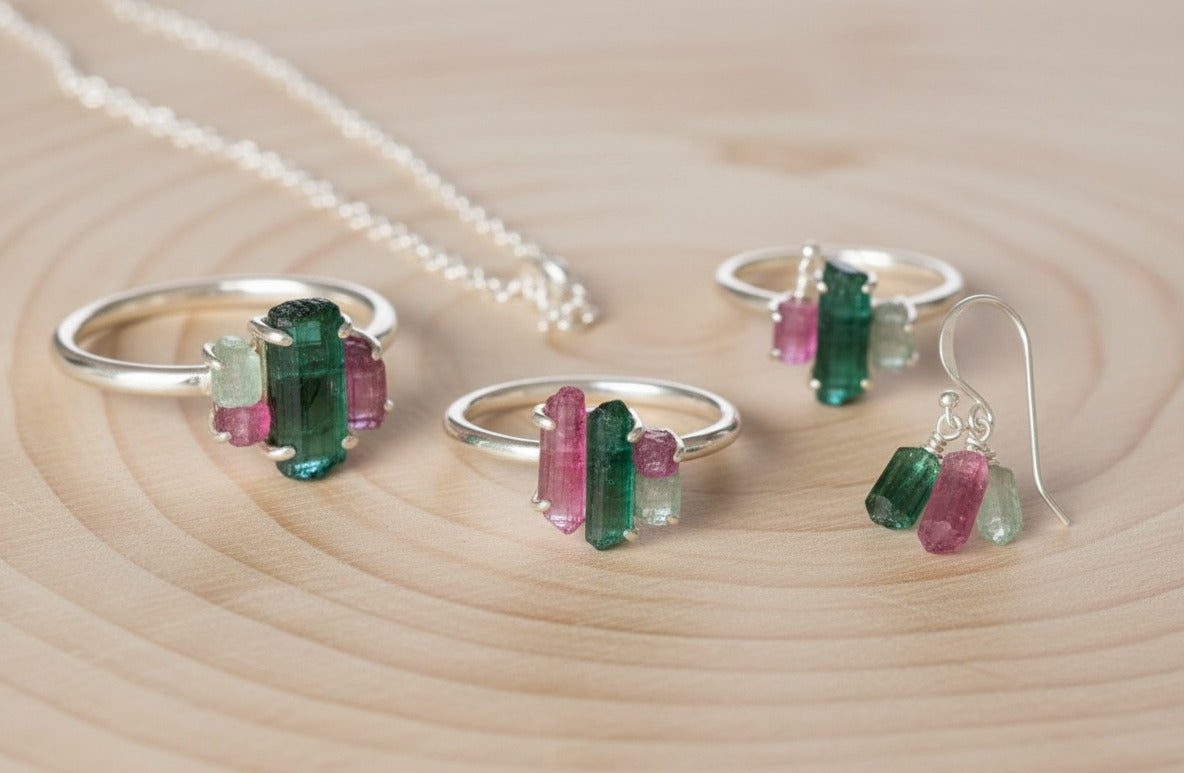
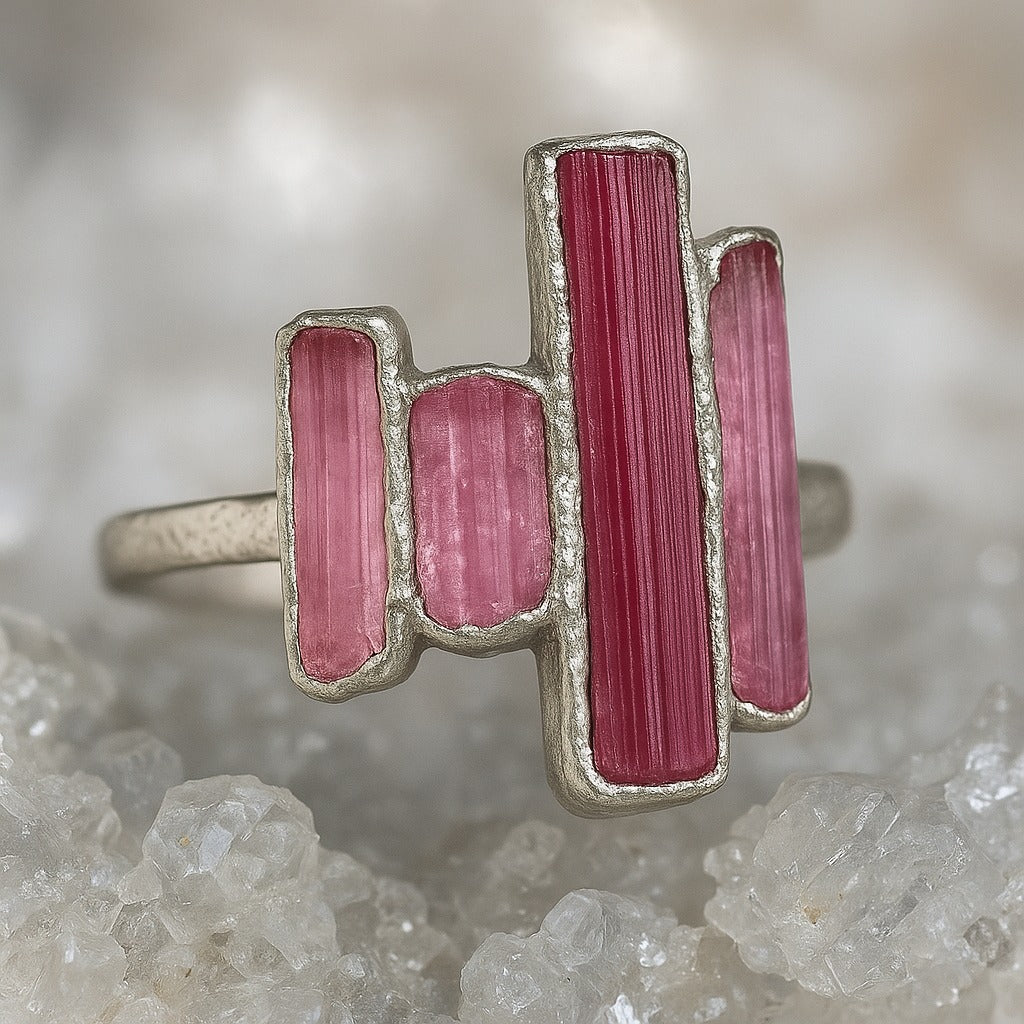
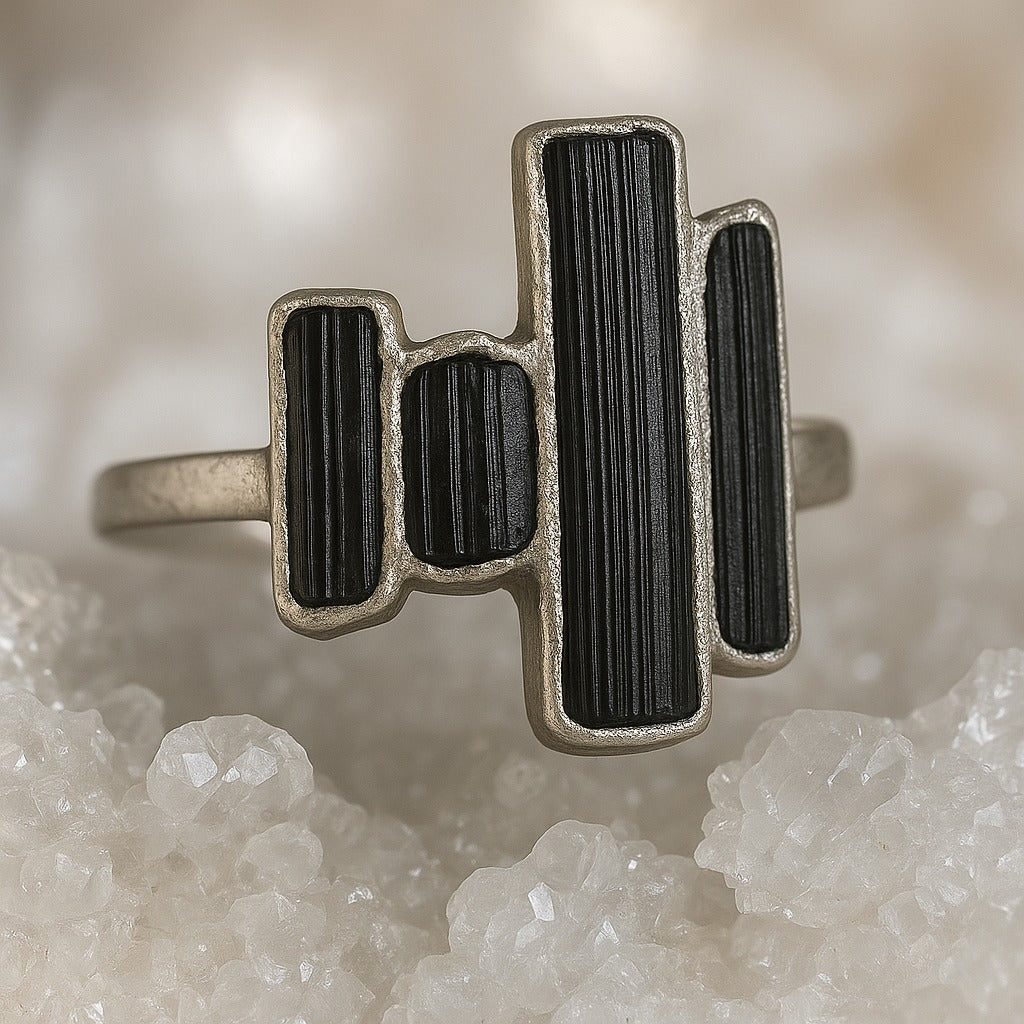
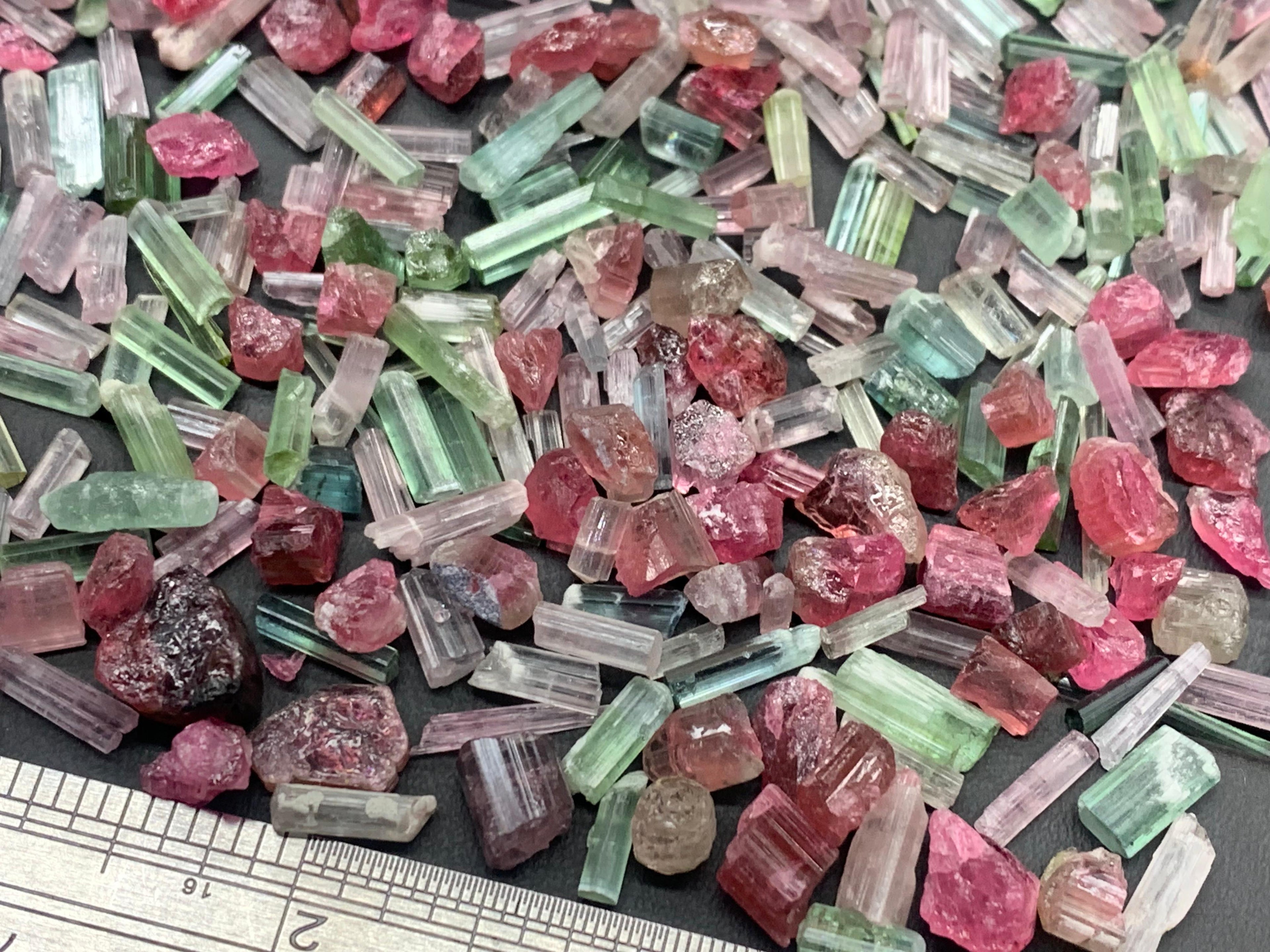
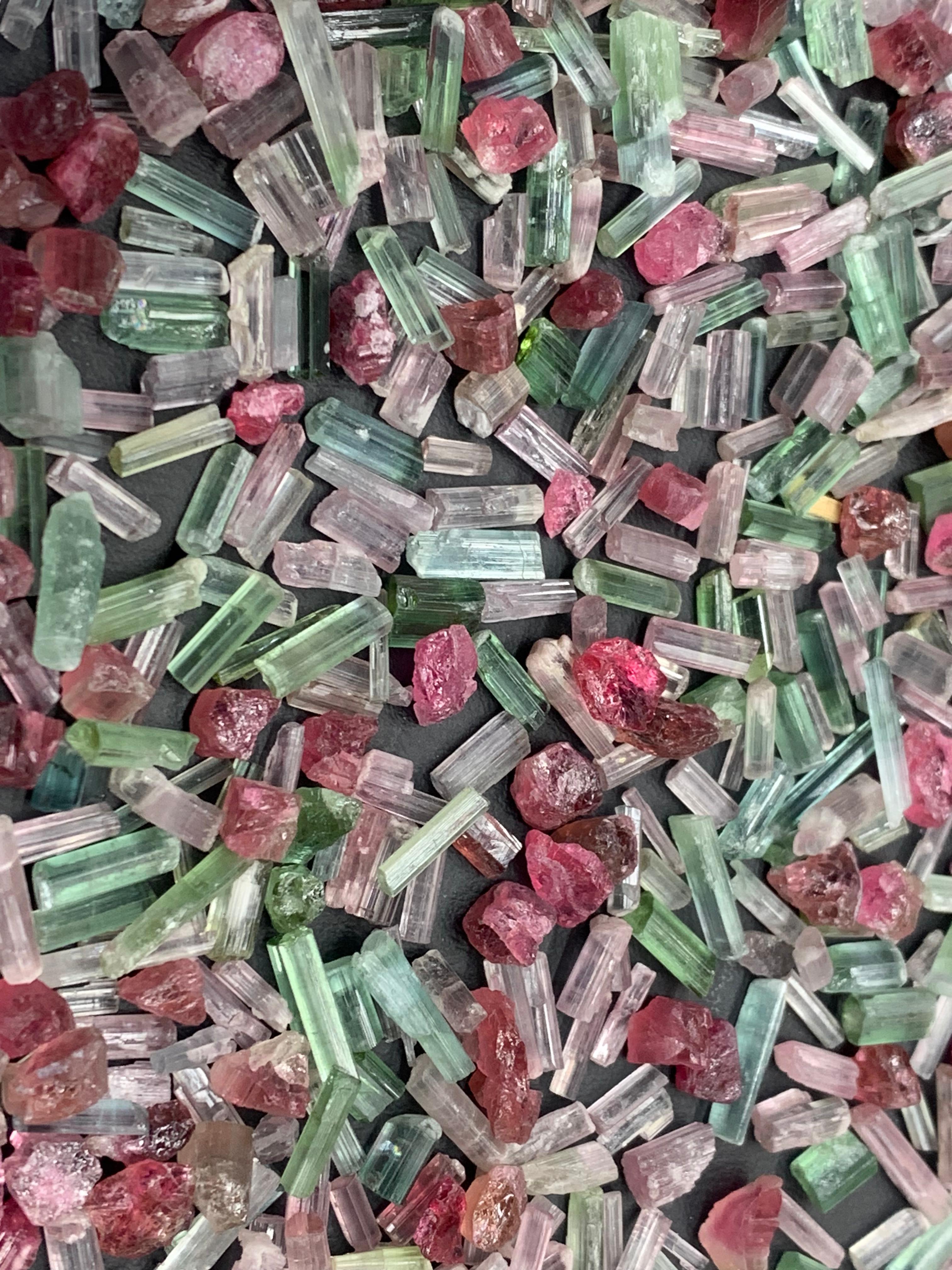
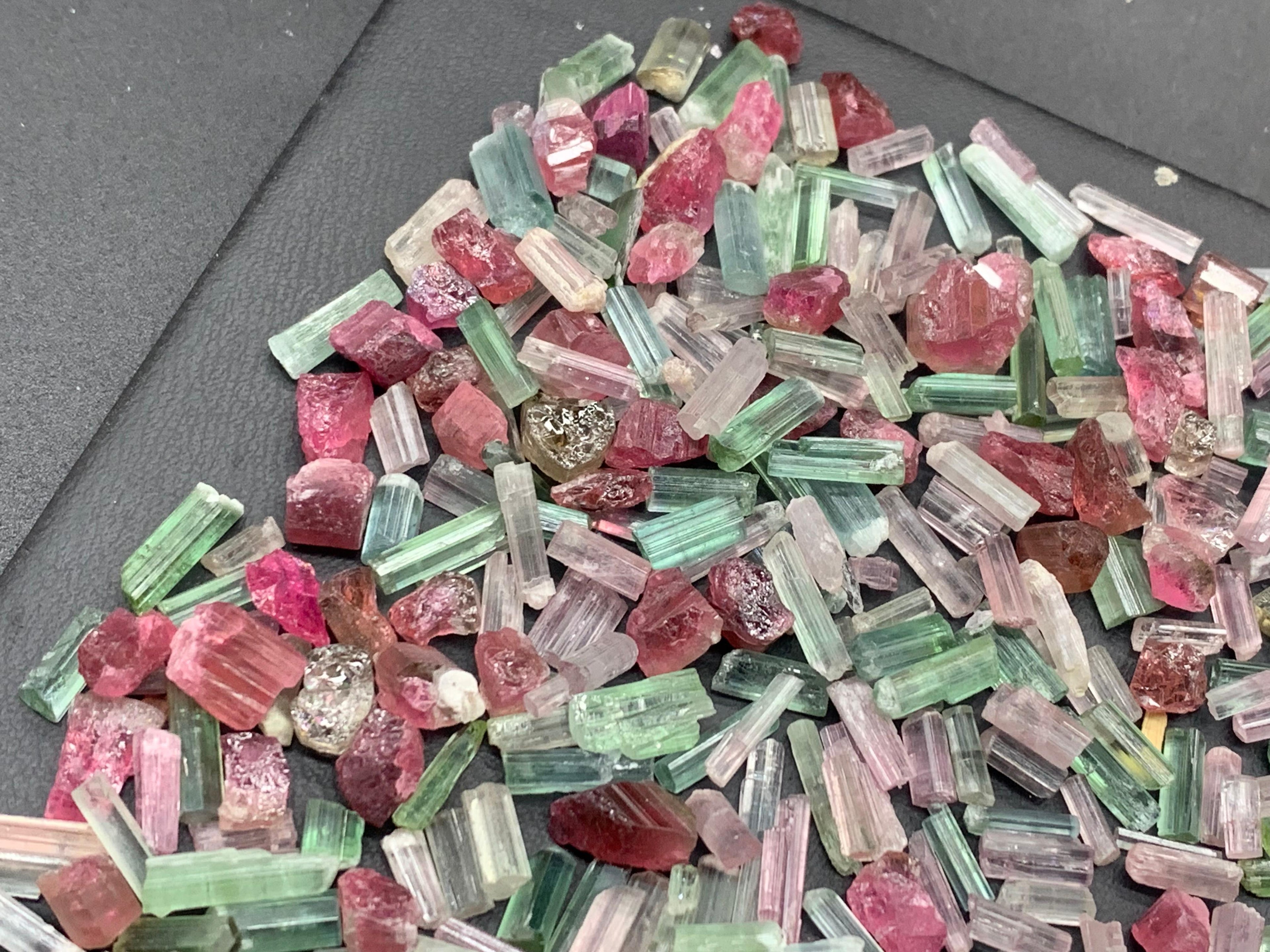

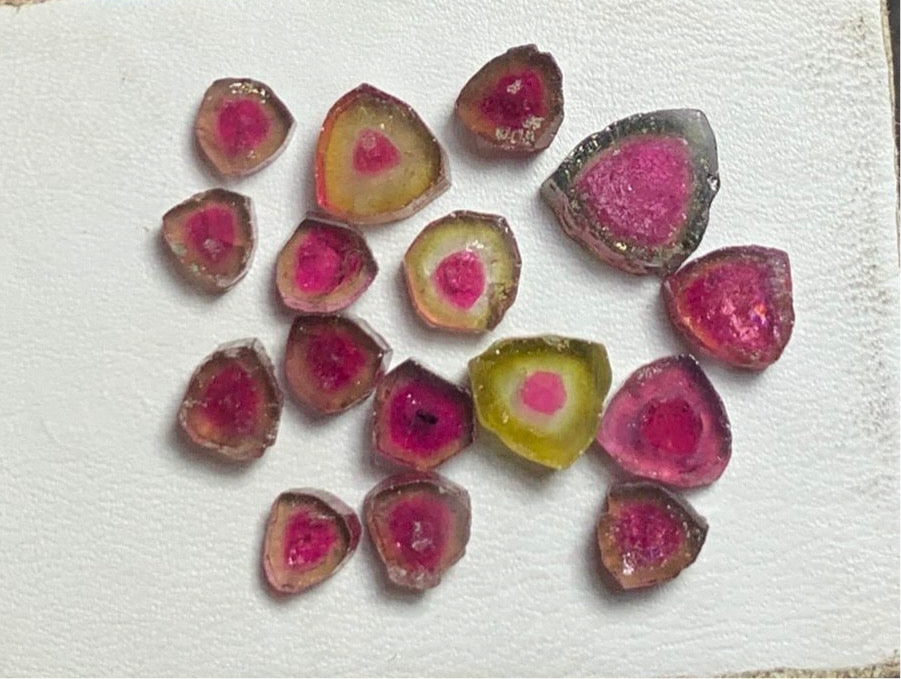
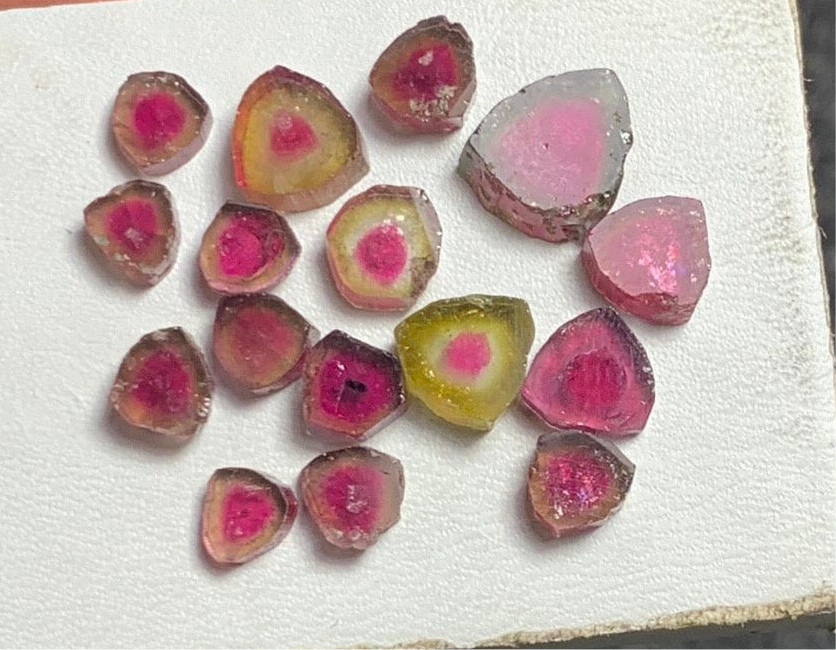
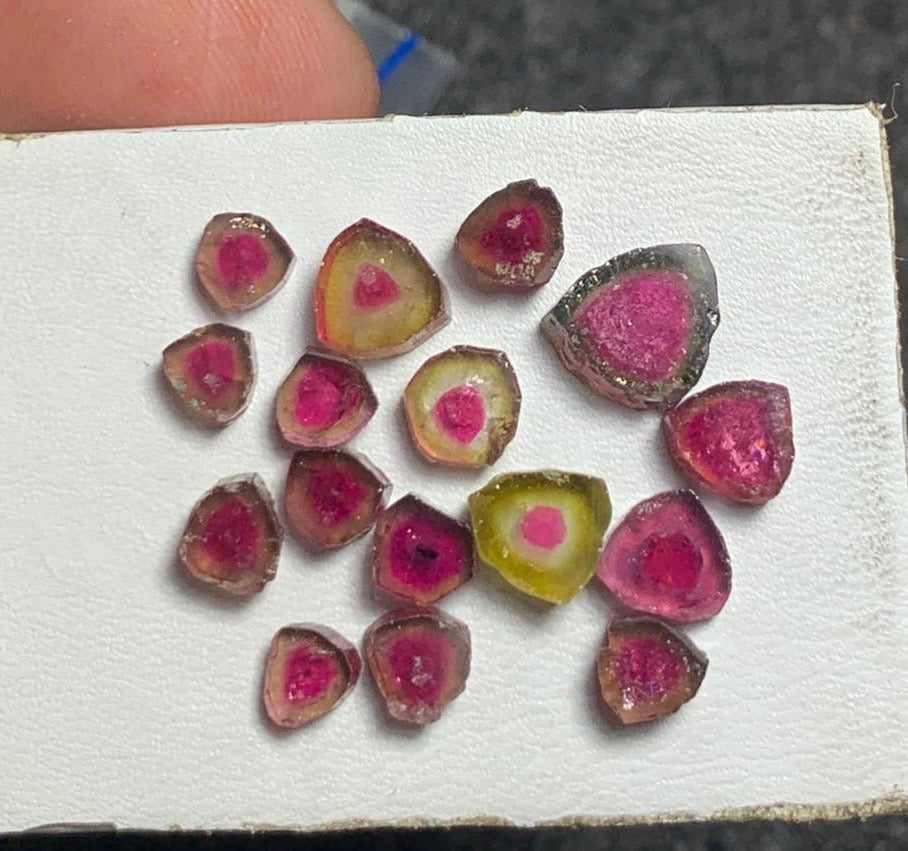

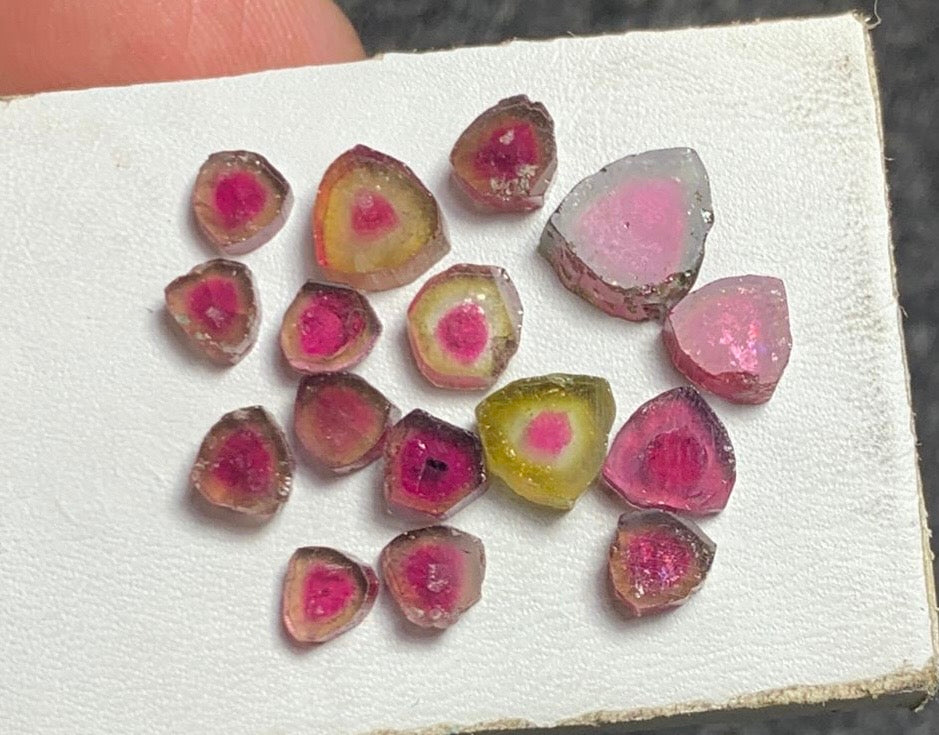



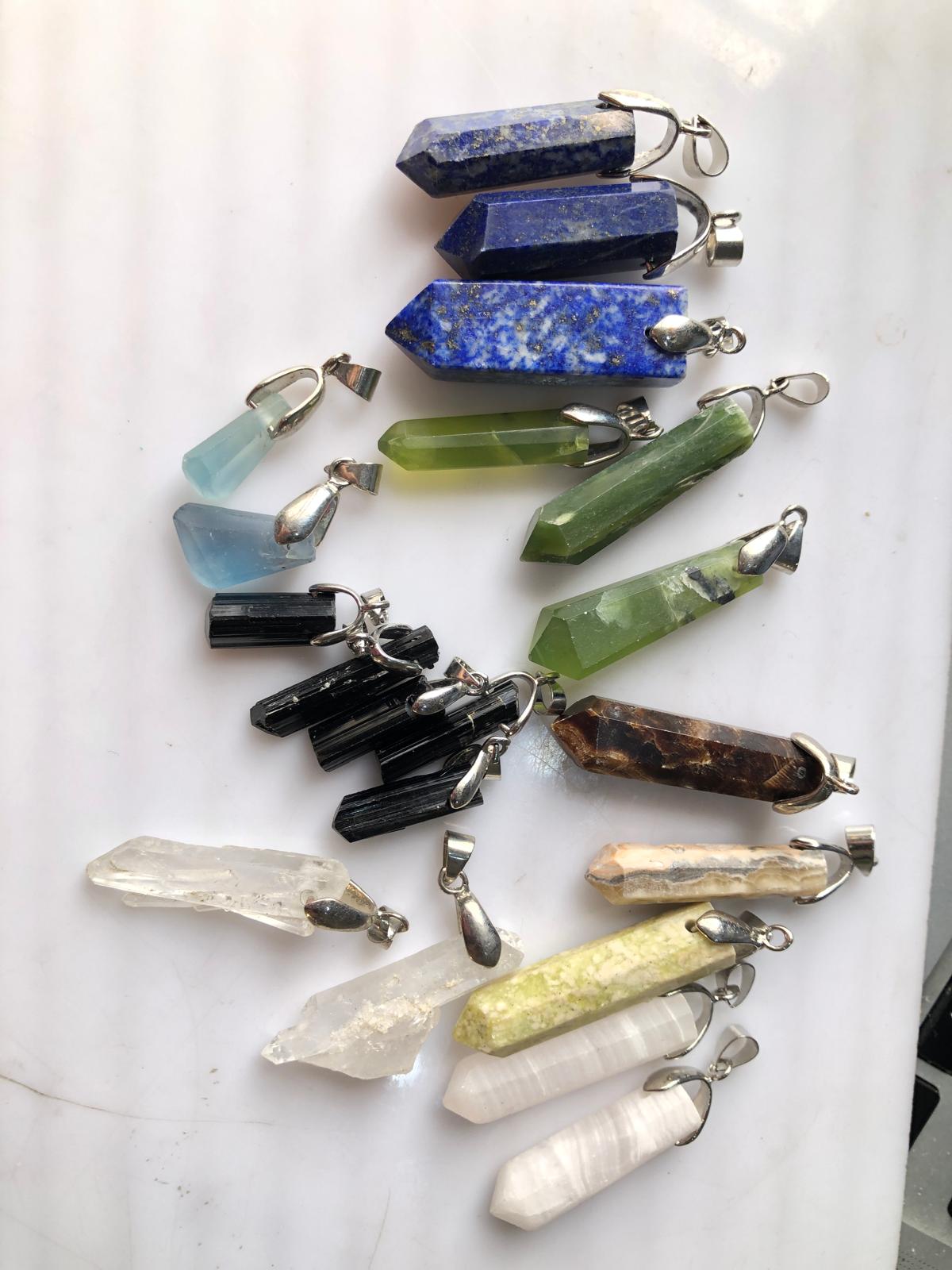

0 comments